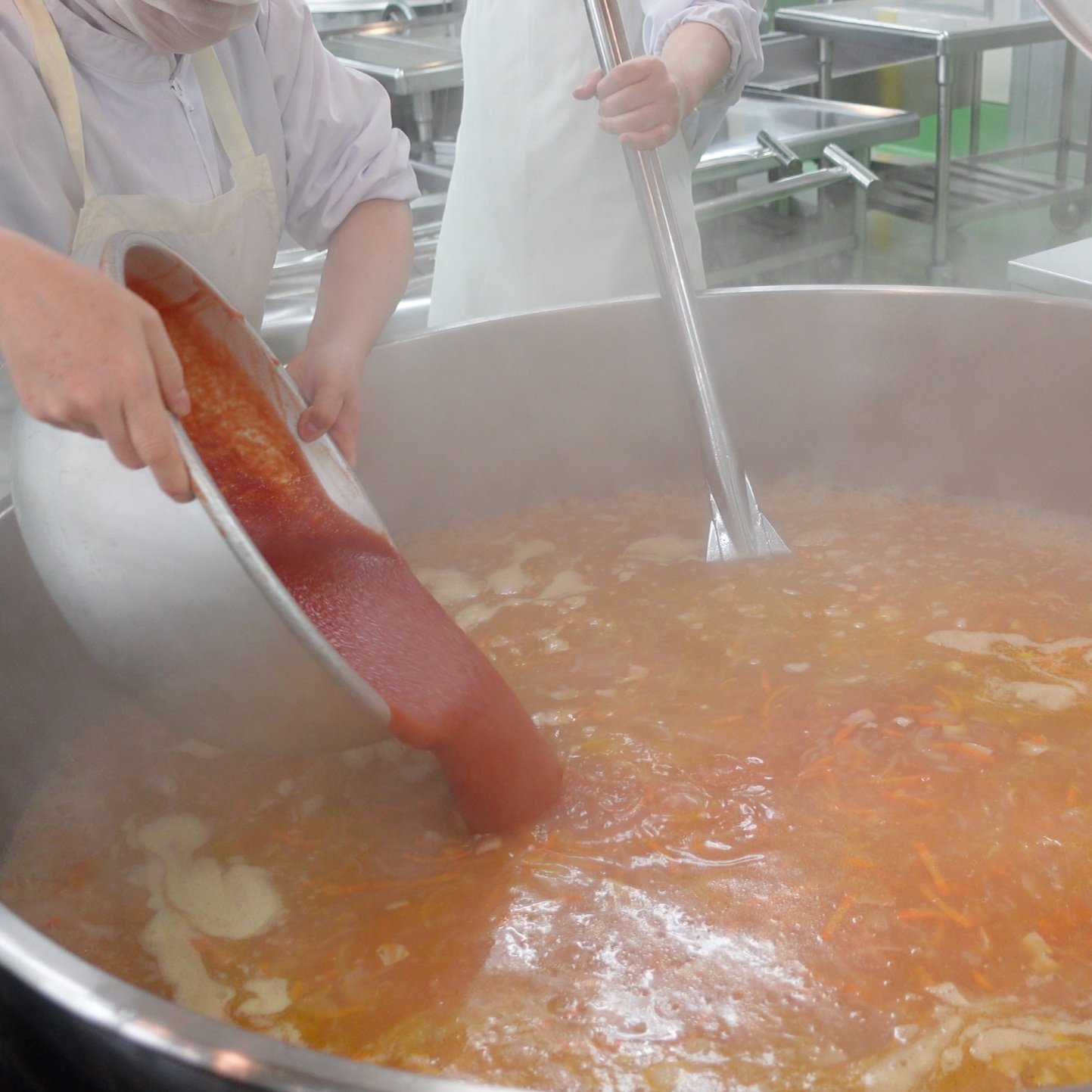School Lunch in Japan
Kyushoku Center - Exploring Behind the Scenes of Japanese School Lunch
During my elementary and middle school years, lunchtime, Kyushoku meant one big thing for me.
It was the favorite time of the day in my school class. Around 11 AM, the appetizing aroma of the lunch containers being brought in would fill the air, and each assigned students in the class would take turns serving the meal. I have favorite memories of having second servings of Age-pan (deep-fried bread) and Harusame salad (glass noodle salad).
Looking back, I realize that school lunch was a unique opportunity to learn about Japan's food culture, an integral part of our education.
In this blog, I share the conversation I had with the local Kyushoku Center in my hometown in Shimane.
History of School Lunch in Japan:
The roots of school lunch in Japan trace back to 1889 when free meals were provided to impoverished families in elementary schools in Yamagata Prefecture. However, due to food shortages during the war, many programs were temporarily halted. It wasn't until after the war, with aid from the United States in the form of wheat and milk, that school lunches began again.
In 1950, the School Lunch Act was established, marking the beginning of nationwide full-scale school lunch programs.
The Seven Objectives of the School Lunch Act:
Promote health through appropriate nutritional intake.
Deepen understanding of proper daily meals, fostering judgment for a healthy eating lifestyle.
Enrich school life, nurturing a bright social spirit and cooperative mindset.
Deepen understanding that dietary habits are based on the blessings of nature, fostering respect for life and nature, contributing to environmental conservation.
Understand that dietary habits are supported by those involved in food-related activities, fostering an appreciation for labor.
Deepen understanding of regional traditional food cultures.
Guide correct understanding of food production, distribution, and consumption.
Operation of Kyushoku Centers:
Kyushoku Centers can be municipally managed or operated by private businesses under municipal commission. Nutrition educators or dietitians play a role in planning monthly menus, and the Kyushoku Center handles procurement, cooking, distribution, collection, and cleaning.
Menu Planning:
Menus consist of a balanced combination of grains, vegetables, and soup. While bread was a primary staple, they have now increased the presence of rice. Menus are planned two months in advance, and nutrition educators consider leftovers daily while planning.
Nutrition Education:
Originally focused on addressing malnutrition, nutrition educators now play a crucial role in teaching children about food choices. From learning local cuisines to manners such as how to use chopsticks, they guide children in making informed choices.
Initiatives in a Fishing City:
In Hamada City, Shimane, where fish is a specialty, efforts have been made to increase the number of children consuming fish. Initially faced with challenges in cutting fish to child-sized portions in local fish factories, they experimented with using frozen fish. Starting with a trial in one elementary school, they worked on standardizing fish sizes and distributing them according to age groups. Additionally, they incorporated fish education, teaching children to appreciate the essence of life by looking at the fish's head and eyes.
Lastly:
Lunchtime for schoolchildren is not just about obtaining necessary nutrients; it's a valuable time to experience food culture and cultivate gratitude towards the providers. Having grown up with Japanese school lunches, I couldn't help but reflect on the different school lunch cultures in the United States. There's so much more we can teach our children at home, from cooking a whole fish to proper chopstick etiquette. Let's gradually incorporate these teachings into our daily lives, starting with what we can do each day.
interviewed Mr. Ogawa, the chairman (right), Ms. Kato, the nutritionist (left)
Hamada Kyushoku Center














